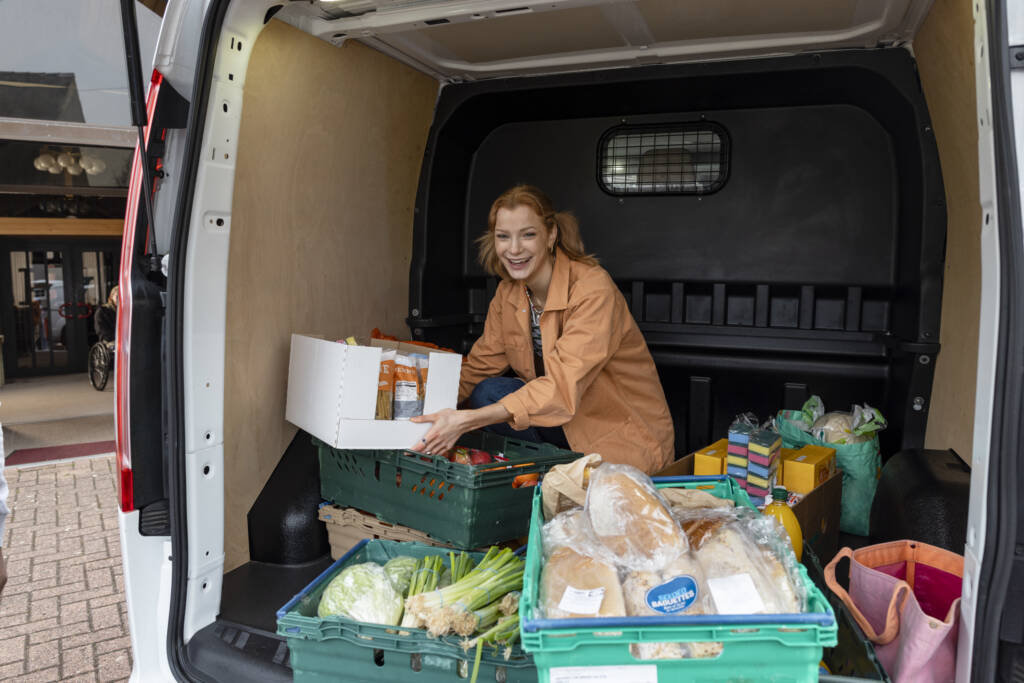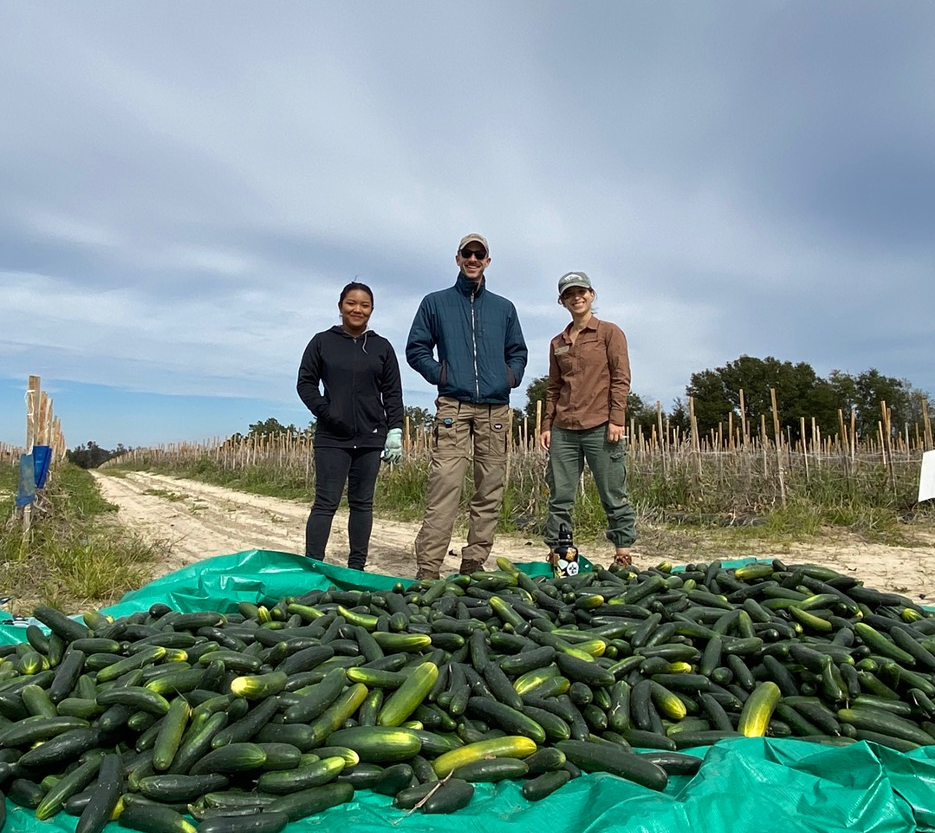Rekiperasyon Manje
Our team at the FDACS Division of Food, Nutrition and Wellness can assist your school in reducing student food waste.
This can help cut down on trash pick-up costs, create a greater respect for and understanding of food, and protect our environment. Find guidance and educational materials through the School Food Waste Reduction Tool Kit and additional resources below.

Reducing Student Food Waste
K-12 schools play a special role in reducing, recovering and recycling food waste on their premises. They also play an important role in educating the next generation about recovering wholesome excess food.
Learn more about Reducing Food Waste at K-12 Schools (USDA).
How Florida Schools Take on Food Waste
The 2025 Food Recovery Annual Survey Results are in! This report highlights how schools across Florida are reducing food waste, recovering surplus food and creating more sustainable meal programs. From innovative practices to measurable impact, it highlights insights and inspiration for anyone involved in school nutrition or sustainability.
Odit sou Gaspiyaj Manje
Student Food Waste Audits engage students, teachers and cafeteria staff to raise awareness about food wasted in school cafeterias and promote more nutritious eating habits while reducing waste.
Aprann plis sou reyalizasyon yon Odit sou Gaspiyaj Manje Elèv:
Gade wè Resous Videyo sou Rekiperasyon Manje nan Lekòl :
Fè Divèsyon Gaspiyaj avèk Don Manje
Developing a food waste diversion program at your school can be easy. We’ve created a step-by-step guide to walk you through every step of the process.
Relevant Laws
Keep in mind, there are laws in place to protect you and your school when you donate apparently wholesome foods. Review these rules before donating:

Starting a Share Table
Share Tables help reduce food waste in K–12 schools by allowing students to leave or take unopened food and drinks they don’t want. Others can then enjoy these items during or after meals at no cost.
Aprann plis sou mizanplas yon Tab Pataj nan lekòl ou:
Aprann plis sou rezon ki fè Sèvis Aliman & Nitrisyon (FNS) Depatman Agrikilti Etazini (USDA) lan ankouraje redistribisyon manje.

Kisa ki Keyèt?
Gleaning is the act of collecting surplus fresh food from farms, markets, gardens, grocers and other sources to prevent waste and help feed those in need.
Sòti Edikatif pou Keyèt
As part of Florida Farm to School, FDACS partners with gleaning organizations to coordinate farm field trips where students collect surplus produce. This food can be used for taste tests and donations. Through gleaning field trips, students develop a greater respect for and understanding of food.
Learn more about incorporating gleaning field trips in your schools:
To schedule a gleaning event or to learn more, please contact [email protected] or 850-617-7440.
Make sure you understand the laws that apply when donating gleaned foods. Review laws in English or Spanish.

Konpòstaj
Composting turns food and other organic waste into nutrient-rich soil. Because food is the largest type of landfill waste, using your food waste to create nutrient-dense soil instead helps protect natural resources and supports a healthier environment.
Le moun konposte, sa pèmèt:
- Amelyorasyon retansyon dlo nan sol lan
- Kenbe òganism nan sòl lan
- Devlope yon strikti nitriman nan sòl lan
- Nouri plant san itilize angrè chimik
Local Composting Resources
- Contact your local agriculture extension or city for localized tips and in-person assistance.
- Download our Composting in Schools quick guide in English nou yo ak Spanish for more information.
- Not ready to start your own compost pile? No problem! Find local resources and community partners.
How to Compost at Your School
- Enfòme direktè ou epi/oubyen distrikt skolè ou avèk pèsonèl refektwa ou lè lekòl ou pral konstwi yon pil pou konposte.
- Chwazi yon kote nan lonbraj oubyen ki genyen kont espas pou konstwi yon anklo.
- Laboure tè an kote pil lan pral chita.
- Poze yon ti kouch ti branch bwa pou pèmèt drenaj
- Prepare yon melanj tout kalite engredyan pou asire yon varyete nitriman.
- Chop ingredients into 3-inch pieces and layer, alternating between green and brown ingredients.
- Wouze pil lan jiskaske li imid.
- Kouvri li avèk fèy sèch oubyen pay pou kenbe imidite an.
A traditional compost bin is easy to set up and great for turning garden waste and kitchen scraps into nutrient-rich compost over time with minimal maintenance.
A tumbler compost bin speeds up decomposition by making it easy to mix and aerate the compost, producing finished compost faster and with less mess.
A worm compost bin uses red wigglers to efficiently break down food scraps indoors or outdoors, creating high-quality compost and liquid fertilizer with minimal odor.
